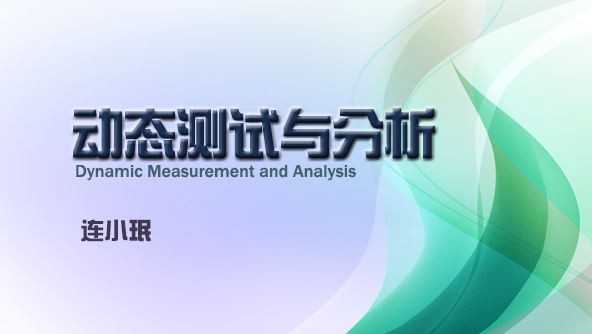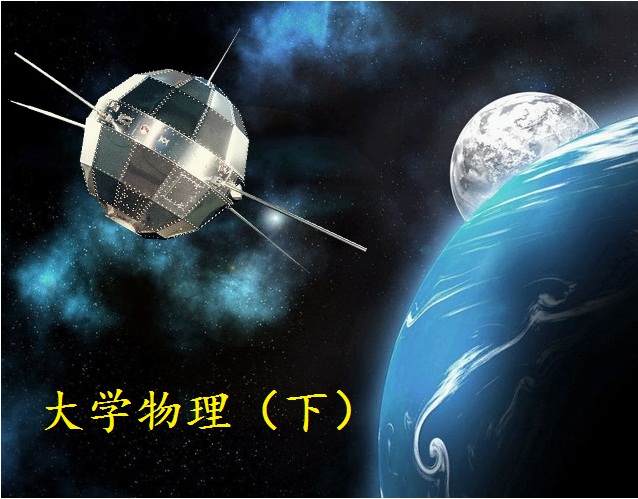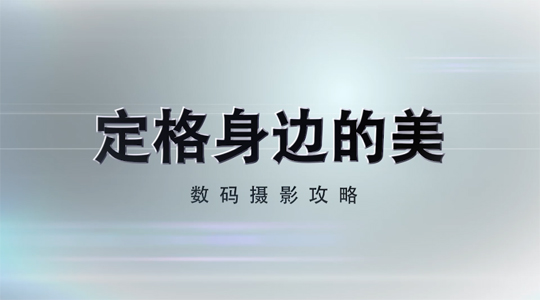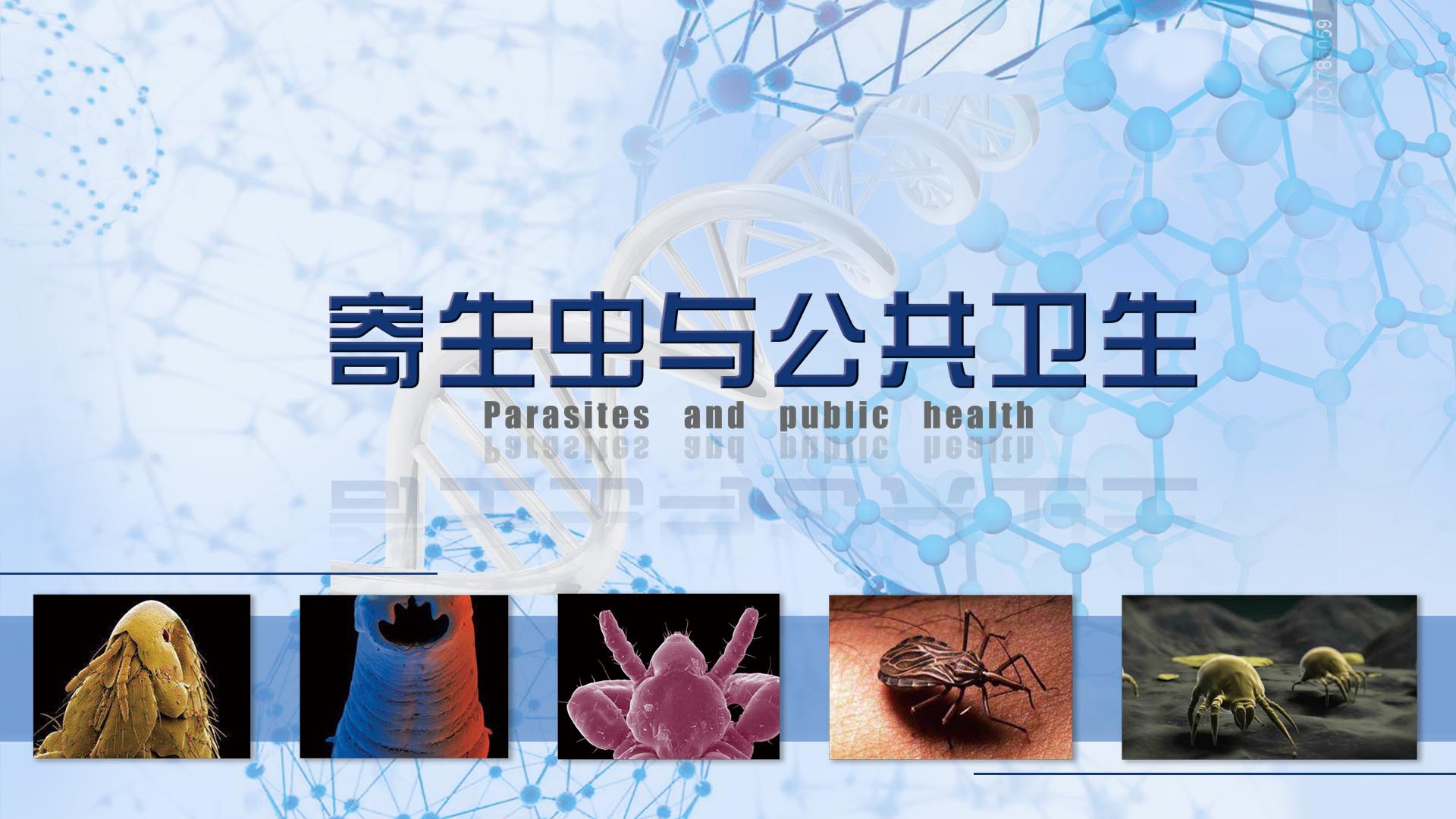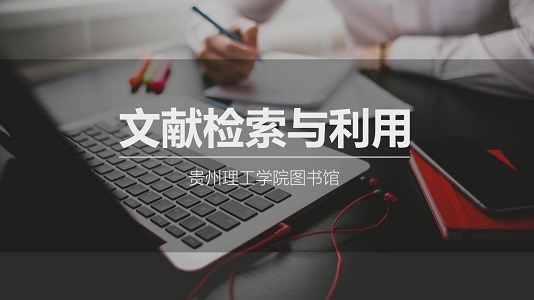
当前课程知识点:“一带一路”沿线国家跨文化商务交际 > 第二章 新加坡 > 2.1 新加坡社会文化背景概况 > 2.1 新加坡社会文化背景概况
返回《“一带一路”沿线国家跨文化商务交际》慕课在线视频课程列表
Hi Lilly
how do you know about Singapore
Oh mine
I so much like the food
You know That Singapore fried Mee Hoon
Wow you’re such a foodie
I’ve heard that the infrastructure of Singapore is perfect
YES As a global financial and transportation hub in Southeast Asia
Singapore attaches great importance to the construction and improvement of infrastructure
including land transportation ports airports power
and telecommunications systems
How does Singapore connect with the Belt and Road Initiative
Mainly through the Economic corridor of China and Singapore
It is a transnational land economic belt running through countries
of the Indochina Peninsula
Moreover
it is an important part of the "21st Century Maritime Silk Road"
and an important carrier of economic
and trade cooperation between China and ASEAN countries
Sounds fantastic
I cannot wait to take a look at this amazing country
Hello everyone
Welcome to the Intercultural Business Tour in Singapore
I am Qin Lili from Dalian University of Foreign Languages
Just now you have got to know an overview about Singapore culture
now let’s have an in-depth tour in Singapore business scenarios
Please watch a video clip to find out some interesting facts about Singapore
and make notes about the following questions
Why is Singapore easy to explore
Why did Singapore’s development surprise most people
What have the historic shop houses in Chinatown been transformed into
Which three major ethnic groups can you find in Singapore from this material
What can unite all Singaporeans
Singapore is situated in Southeast Asia
just off the southern tip of Malaysia
One of the smallest and most densely populated countries in the world
Singapore is a breeze to explore
nothing is more than an hour away from the central business district
Built at the crossroads of maritime trading routes
for well over a century Singapore was the jewel in Britain's Empire
When the city became a republic in 1965
few thought a country with so few resources
and of vastly different ethnic groups could succeed
But succeed it has
on an unimaginable scale
Singapore today is one of the Four Asian economic Tigers
a futuristic bridge between East and West
Yet despite blossoming into one of the great global cities
Singapore is a nation that still cherishes its Asian traditions
Once filled with trading houses and opium dens
Chinatown's historic shophouses have been transformed into restaurants
boutique hotels and gift shops.
Pick up a good luck charm in the Pagoda Street Market
or find a few moments of quiet reflection at the Buddha Tooth Relic Temple
Across town
little India crams all the colors scents and gods
of the Indian Subcontinent into a just a few city blocks
While nearby in the Malay and Muslim quarter of Kampong Glam
the streets are a treasure trove of handicrafts from the Arabian world
One thing unites all Singaporeans-food-it’s the national obsession
For an authentic Singaporean ‘Makan’ experience
follow the satay smoke to the nearest hawkers center
For more upscale dinning
head to the bright lights of Boat and Clarke Quays
have you find the answers to those questions
let's talk about them together
Why is Singapore easy to explore
Singapore is one of the smallest and most densely populated countries in the world
and nothing is more than an hour away from the central business district
Why did Singapore’s development surprise most people
Because Singapore is a country with so few resources
and of vastly different ethnic groups
few thought it could succeed
What have the historic shop houses in Chinatown been transformed into
Restaurants boutique hotels and gift shops
Which three major ethnic groups can you find in Singapore from this material
Chinese Malays and Indians
What can unite all Singaporeans
Food of course
Now let’s take a look at the Country File of Singapore
Its official name is Republic of Singapore
Its official language is English Mandarin Malay and Tamil
The currency is Singapore dollar
And the capital city is Singapore
Most Singaporeans are bilingual
with English being the national lingua franca
and Malay the national language
However only about 10% of the population speaks Malay
and the most commonly spoken language in the country is English
followed by Mandarin
Singapore is a sovereign island nation in Southeast Asia
Singapore has one of the highest living standards in the world
and is a prosperous modern and clean country
Singapore has a large population
mainly made up of Chinese
Malays and Indians
with no single ethnic identity
Located about one degree (137 km) north of the Equator
Singapore lies at the southern tip of the Malay Peninsula
bordered by Indonesia’s Rio Islands to the south
and the Malay Peninsula to the north
Although Singapore’s history dates back thousands of years
modern Singapore was founded in 1819 by Sir Stanford Raffles
as a trading post for the British Empire (ppt-7)
Singapore ranks high on key social indicators
such as education health quality of life
personal safety and housing, with a 90% home ownership rate
Singapore has one of the longest life expectancies in the world
and one of the lowest infant mortality rates in the world
see you nexttime byebye
-课程导语
-1.1 泰国的社会文化背景概况
-1. 2 泰国的核心文化价值观
-1.3 泰国商务礼仪
-1.4 泰国商务实践
-1.5 泰国商务中的跨文化交际陷阱
-1.6 Discussion
-1.7 Unit test
--1.7 Unit Test
-2.1 新加坡社会文化背景概况
-2.2 新加坡核心文化价值观
-2.3 新加坡商务礼仪
-2.4 新加坡商务实践
-2.5 新加坡商务中的跨文化交际陷阱
-2.6 Discussion
-2.7 Unit test
--2.7 Unit test
-3.1 马来西亚社会文化背景概况
-3.2 马来西亚核心文化价值观
-3.3 马来西亚商务礼仪
-3.4 马来西亚商务实践
-3.5 马来西亚商务语境中的跨文化交际陷阱
-3.6 Discussion
-3.7 Unit test
--3.7 Unit test
-4.1 哈萨克斯坦社会文化背景概况
-4.2 哈萨克斯坦核心文化价值观
-4.3 哈萨克斯坦商务礼仪
-4.4 哈萨克斯坦商务实践
-4.5 哈萨克斯坦商务语境中的跨文化交际陷阱
-4.6 Discussion
-4.7 Unit test
--4.7 Unit test
-5.1 沙特阿拉伯的社会文化背景概况
-5.2 沙特阿拉伯的核心文化价值观
-5.3 沙特阿拉伯商务礼仪
-5.4 沙特阿拉伯商务实践
-5.5 沙特阿拉伯商务语境中的跨文化交际陷阱
-5.6 Discussion
-5.7 Unit test
--5.7 Unit test
-6.1阿联酋的社会文化背景概况
-6.2阿联酋的核心文化价值观
-6.3阿联酋商务礼仪
-6.4阿联酋商务实践
-6.5阿联酋商务中的跨文化交际陷阱
-6.6 Discussion
-6.7 Unit test
--6.7 unit test
-7.1 印度的社会文化背景概况
-7.2 印度的核心文化价值观
-7.3 印度商务礼仪
-7.4 印度商务实践
-7.5 印度商务语境中的跨文化交际陷阱
-7.6 Discussion
-7.7 Unit test
--7.7 Unit test
-8.1 俄罗斯社会文化背景概况
-8.2 俄罗斯核心文化价值观
-8.3 俄罗斯商务礼仪
-8.4 俄罗斯商务实践
-8.5 俄罗斯商务中的跨文化交际陷阱
-8.6 Discussion
-8.7 Unit test
--8.7 Unit test
-9.1 波兰社会文化背景概况
-9.2 波兰核心文化价值观
-9.3 波兰商务礼仪
-9.4 波兰商务实践
-9.5 波兰商务中的跨文化交际陷阱
-9.6 Discussion
-9.7 Unit test
--9.7 Unit test
-10.1南非的社会文化背景概况
-10.2南非的核心文化价值观
-10.3南非商务礼仪
-10.4南非商务实践
-10.5南非商务中的跨文化交际陷阱
-10.6 Discussion
-10.7 Unit test
--10.7 Unit test
-期末考试
